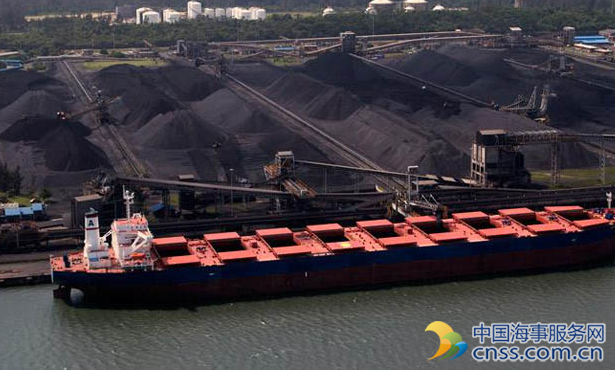Coal Prices Surge Despite China’s Output Cut

After the slump in almost five years, coal futures made a recent and significant comeback in the market amid the effort of the emerging economies to lessen the dependence on the commodity.
In the U.S., Europe and in Asia, the prices for the thermal coal soared above 30 percent since the start of the second quarter. Also, the coal intended for steelmaking climbed more than 20 percent from its 2016 nadir in May.
On June 30, thermal coal increased by $10 per ton from $56.97 and at the last week of July the commodity rallied to $67.58. Also, coking coal had a 16-month high of $107 since the lowest level of $70 on March 2015.
Mining Sector On Sharp Prices
Central Queensland mining sector forecasted a bullish trend for the coking coal in the next two years to $113.50 in December 2019. Chief Executive Michael Roche noted that the sudden comeback of coal prices and the demand of the commodity in Asia came surprisingly.
“A number of commodities have reached their bottom and we are seeing some signs that supply and demand is coming into some equilibrium,” Mr. Roche said.
Central Queensland coal mining industry sees the sharp prices as an opportunity to regain the interest of the market in the commodity.
“That’s all very positive. We are certainly hearing of miners looking again at business models… at ways to reopen or reinvigorate mines. We are excited about the mining industry hitting the bottom and now starting to recover,” Rockhampton Mayor Margaret Strelow added.
Coal In China
Considered as the biggest producer and consumer, China has implemented new rules to limit the production of coal this summer. In China alone, the price of coal has climbed for almost one third from the slump in 2015.
The Chinese government passed an order which prohibits any new coal mines in the next three years, which aims to cut the production for at least 60 million tons in 2016. The mainland also initially planned to reduce output approximately 500 million tons by 2019. China has been facing an economic slowdown and it carried steel glut and coal mining depressing prices.
Although, the local government has made an effort to balance the situation, the country seems unprepared to the sudden rally of coal price. The China Banking Regulatory Commission recommends the participation of the local government to help the indebted coal companies through a debt-for-equity swap.
Meanwhile, the use of coal in China declined by 3.7 percent last year and 2.9 in percent in 2014 based on the data of the National Bureau of Statistics. China’s Renewable Energy Industries reported that the wind power produced in 2015 was just wasted, a clear indication that other sources of energy are very much available in the country.
Technically, the use of wind energy and hydropower has increased 13 percent in the first two quarters of the year. Adding to this, China’s usage of nuclear energy ramped up by 25 percent and solar energy advanced around 28 percent.
Source: TradingBanks
HEADLINES
- Do shipping markets want Biden or Trump for the win?
- All 18 crew safe after fire on Japanese-owned tanker off Singapore
- Singapore launching $44m co-investment initiative for maritime tech start-ups
- Cosco debuts Global Shipping Industry Chain Cooperation Initiative
- US warns of more shipping sanctions
- China continues seaport consolidation as Dalian offer goes unconditional